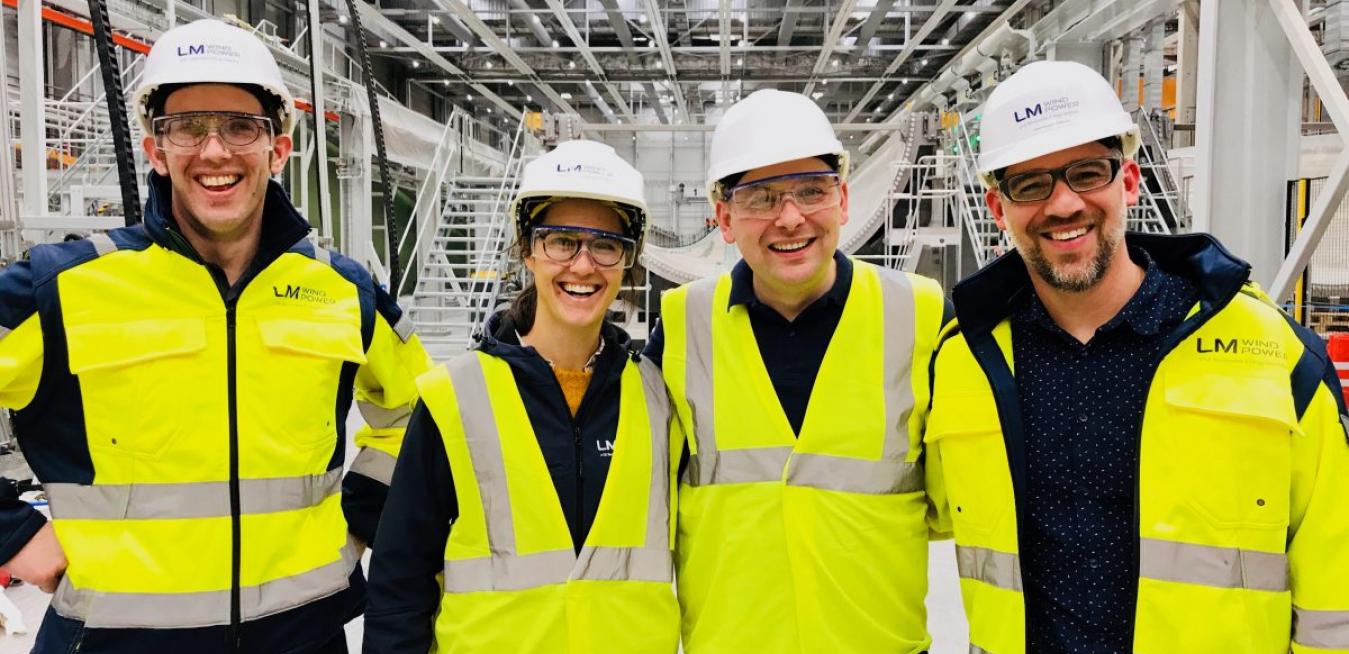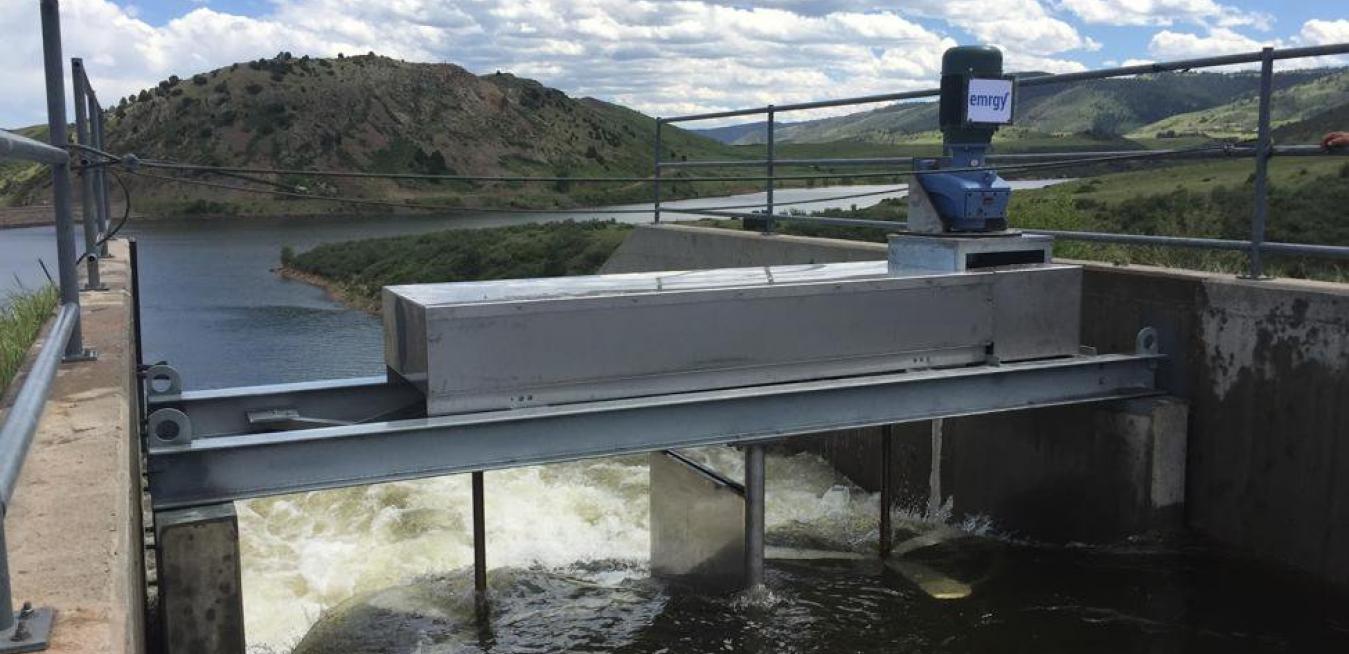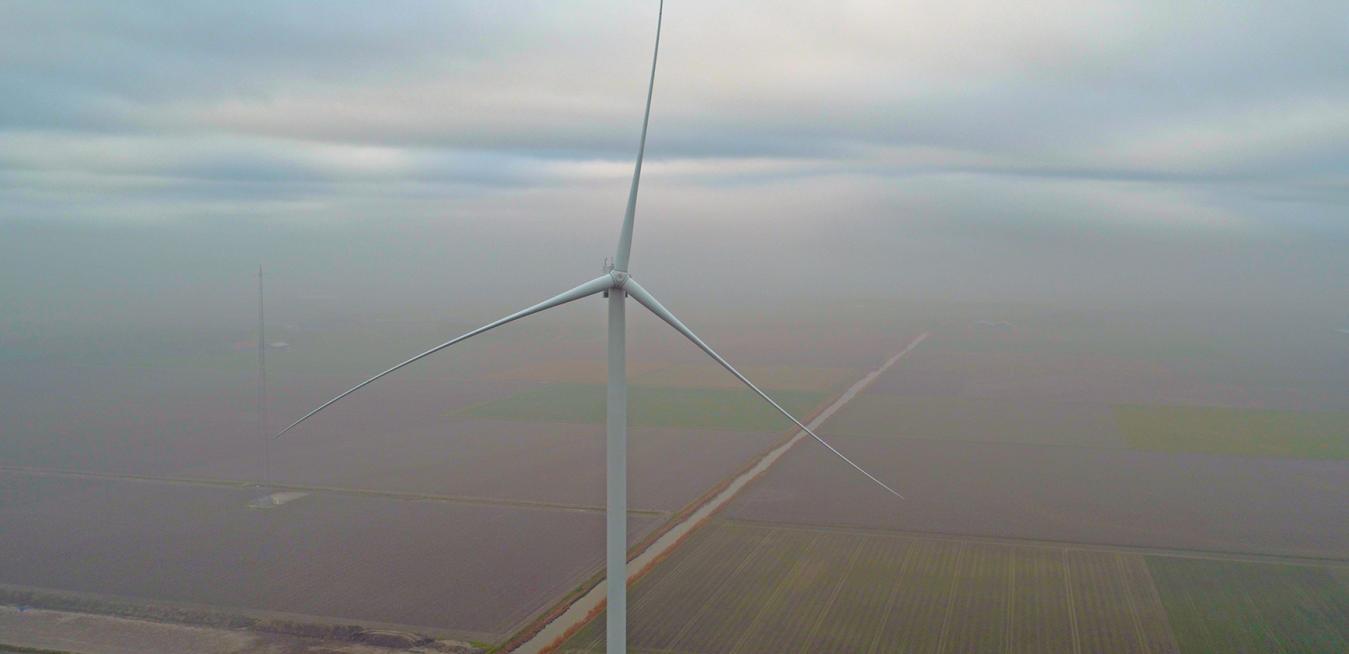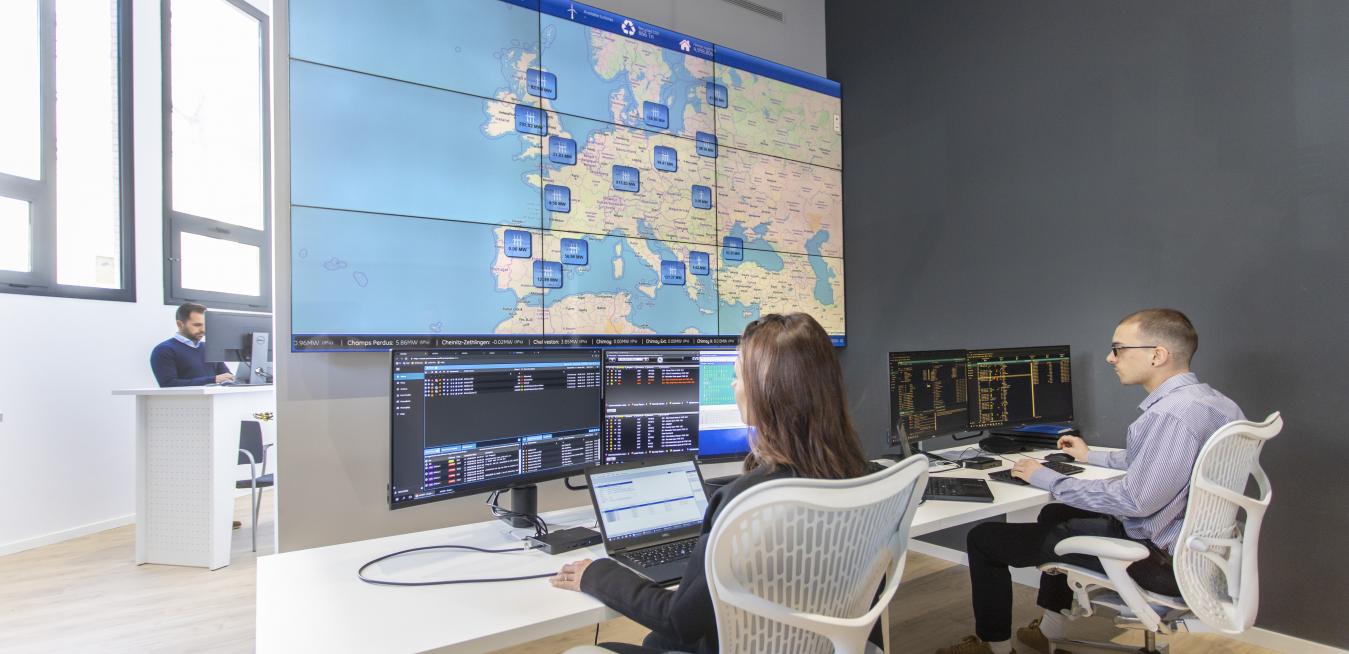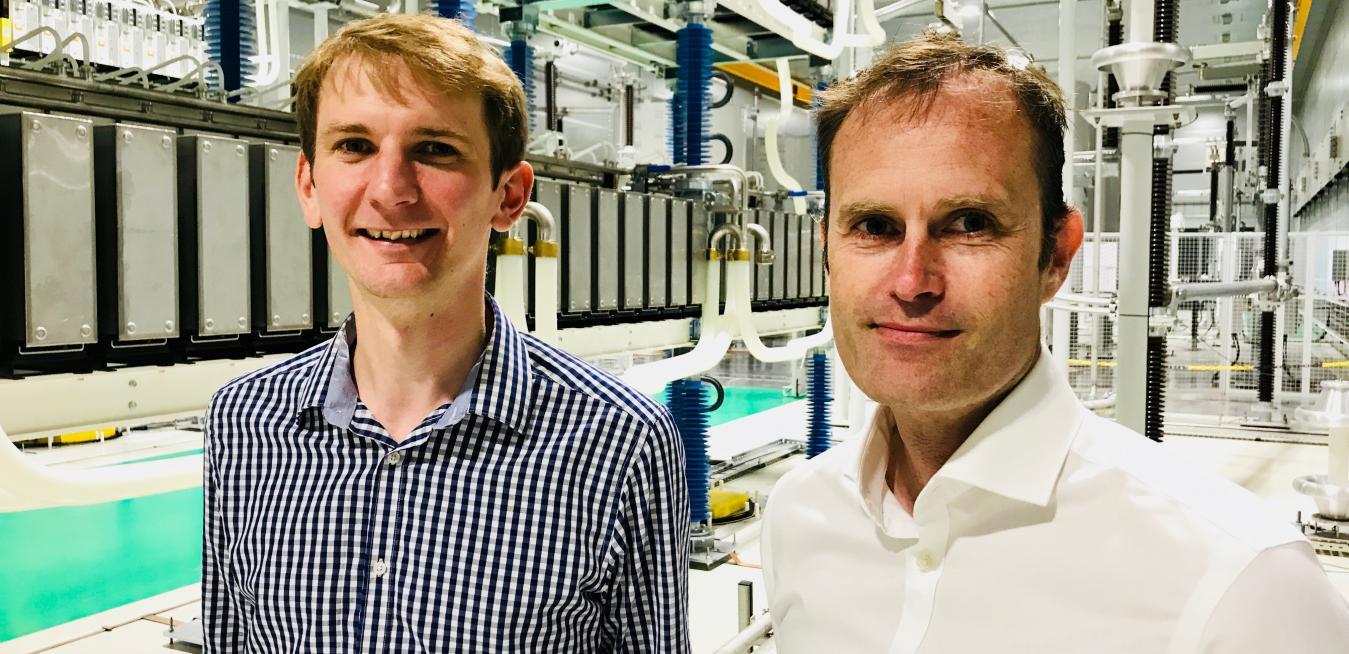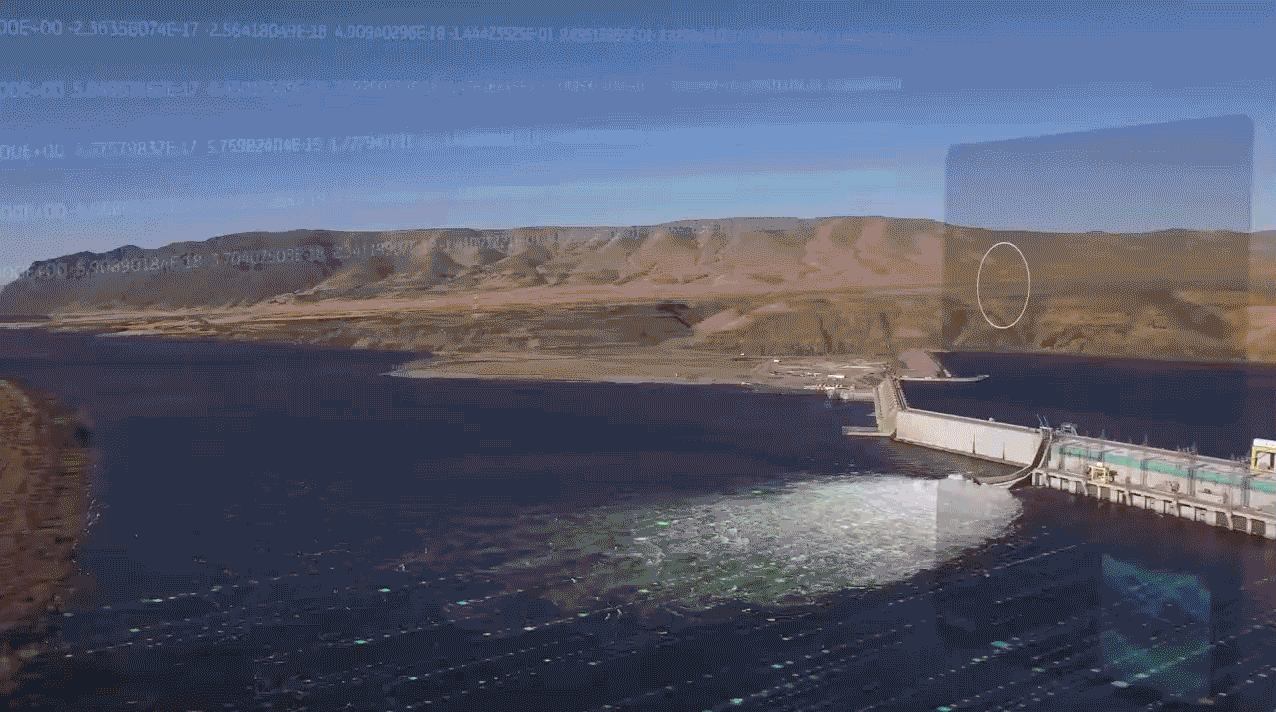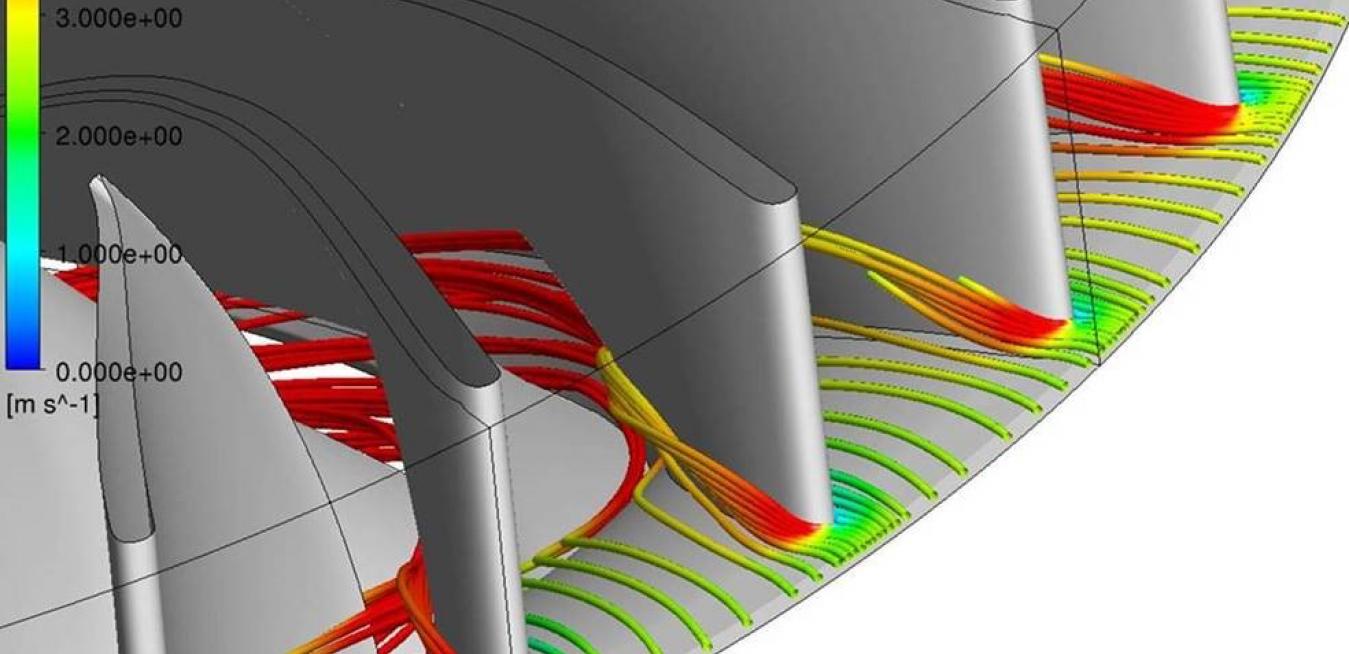Following the D-Day invasion, few prizes were as valuable to the advancing Allies as Cherbourg, a large French deep-water port located just northwest of the Utah and Omaha landing beaches in Normandy. Commissioned by France’s last king, Louis XVI, championed by Napoleon and occupied by Nazi Germany during World War II, the port was key to opening a direct shipping route for supplies from the U.S. The Germans garrisoned there knew it well — and put up a fierce fight.
The water-energy nexus might sound like a secret organization run by a mysterious Bond villain, but in reality, it’s nothing to fear. Quite the contrary: Scientists believe that the relationship between water and energy, the world’s two most critical resources, could help save the planet.
The brick chimneys of Barcelona’s Poblenou district — the city’s old industrial quarter, squeezed between the avant-garde towers of Antoni Gaudi’s Sagrada Familia cathedral and the Mediterranean Sea — have lain dormant for decades. But industry is gradually returning to the proud, hardworking barrio. For example, a former cutlery factory now serves as offices for GE Renewable Energy, housing a high-tech nerve center that monitors and controls a decent chunk of southern Europe’s burgeoning wind energy industry.
It’s small, aluminum and barely larger than a hardcover book. But just like the dial-up modem a few decades ago, the device is helping revolutionize electrical power in ways we haven’t seen before.
Sitting in the shadow of a 10th-century Saxon castle and surrounded by emerald fields flecked with herds of grazing sheep and cattle, the English Midlands town of Stafford feels far removed from the hustle and bustle of Manchester, a cradle of the Industrial Revolution just an hour to the north.
Hydropower plants, like all industrial assets and processes, generate an enormous amount of data, says GE Renewable Energy Chief Technology Officer Danielle Merfeld, who spoke earlier this month in the shadows of the Grande Arche, a giant marble-clad cube that overlooks the business district of La Défense in Paris. “You can transform that data into value by getting the customer’s
